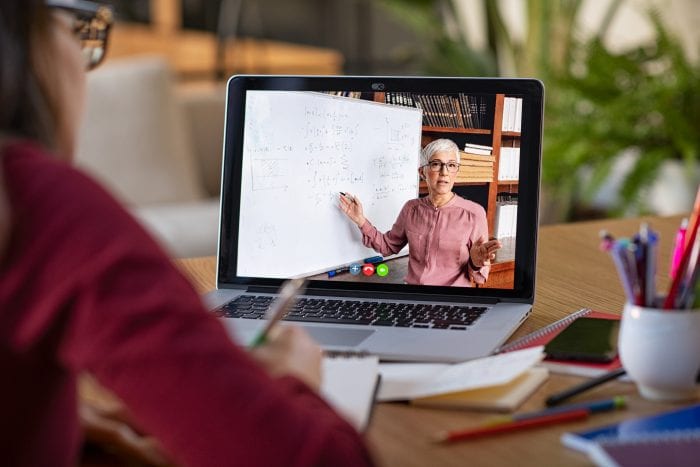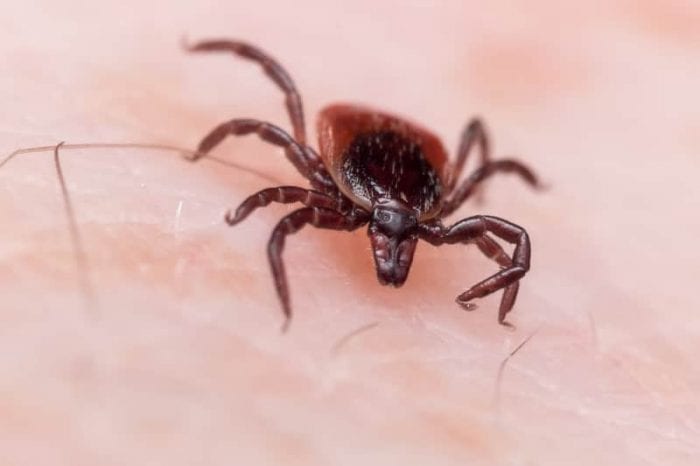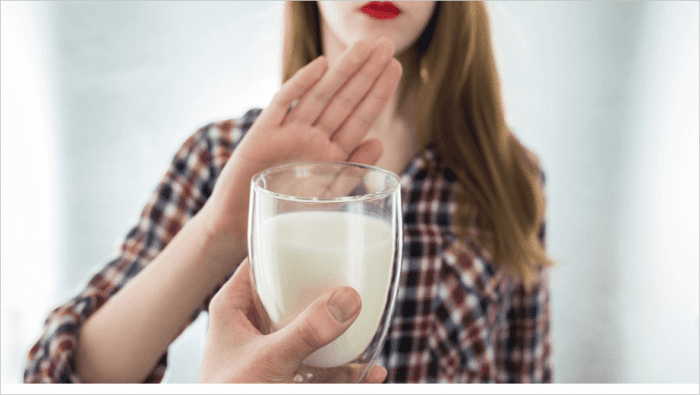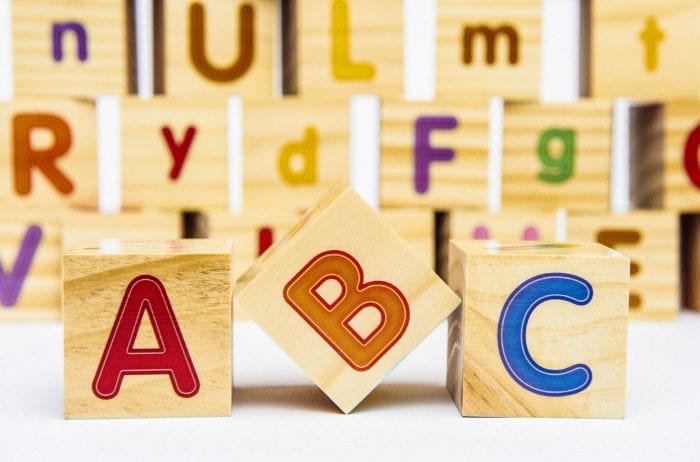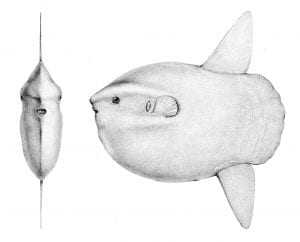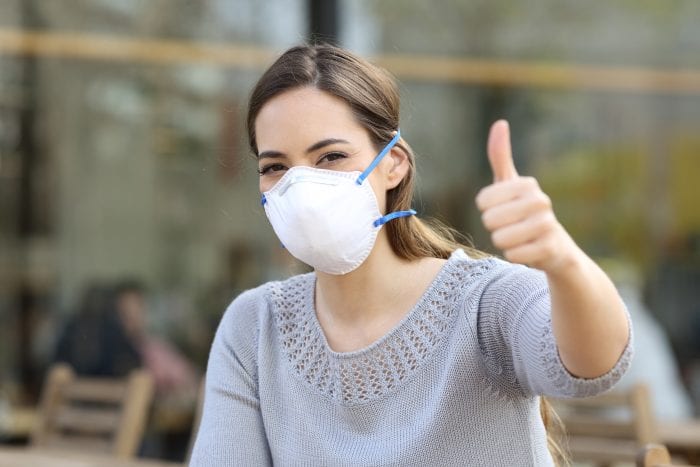By Daniel Dunaief

America was reluctant to enter both World Wars and yet we won them both, at a tremendous cost to previous generations.
Today, as we continue to battle through the coronavirus, I’d like to think we will persevere. We don’t need political spin. We have plenty of that from both sides.
We need a sense of optimism, of shared purpose and of a keen belief that we will prevail through hard work and a readiness to innovate and adapt. We see so many horrific headlines about the number of people who test positive and who are threatening the capacity of health care systems in Florida and Texas, among others.
Even as we do everything we can to protect our health and the safety of our friends and family, we need to believe in ourselves and in our ability to work together. Defeating the virus takes more than ignoring it or claiming victory for political expediency.
Whoever wins this presidential election in this incredibly challenging year will have enormous work to do.
Even a vaccine that is tested and produced in mass quantities by the early part of next year, which seems spectacularly optimistic but is still possible, doesn’t automatically put us back on the path to the world of 2019.
After all, the flu vaccine doesn’t eradicate the illness. It comes back with a vengeance some years. Some people who receive the shot still get sick, oftentimes with less severe symptoms.
We need to recognize that the world has changed. We’ve had time to process it and to adjust, even if we’re sick of the new rules. We need to use all the space we have to turn what seems like a nuisance and an inconvenience into a modern triumph.
The country can and should rethink everything from ways to attend sporting events to the specific needs of the home office. Maybe sports stadiums should remove seats, put picnic tables in front of patrons and make the game-time experience for fans look different because, for the foreseeable future, it will be.
Yes, I know, that will cost an incredible amount of money, but it would also give patrons a chance to enjoy their own space, instead of hoping for a time machine that brings us back to an era when we gave strangers a high five when our team scored.
Maybe waiters and waitresses can provide virtual personalized service, connecting through online services that deliver, via conveyor belt beneath those tables, contactless food to guests.
We need to renovate our homes to enjoy the new reality. Maybe we need virtual artwork we can add to our walls, that helps expand our small rooms and that changes at the flick of a switch. Maybe we also can figure out ways to create virtual assembly lines, where workers provide their part of a mechanized process from a distance, in a basement, workspace, or outside in their enclosed yards. It may not be as efficient, because someone might have to transport those parts, but those driving opportunities also create jobs for people who become a part of a new, virtual factory.
We may want to go back to the way things were, but we need to recognize the realities, and the opportunities, that come from moving forward. Moving on will require us to develop new ideas, create new jobs, and believe in ourselves. We have survived and thrived through challenges before, by pulling together, by innovating, and by tapping into the combination of ingenuity and hard work. People are prepared to put in the effort to earn their own version of the American Dream. We need innovations, new businesses, and inspirations that reignite the economy, while protecting our health.






